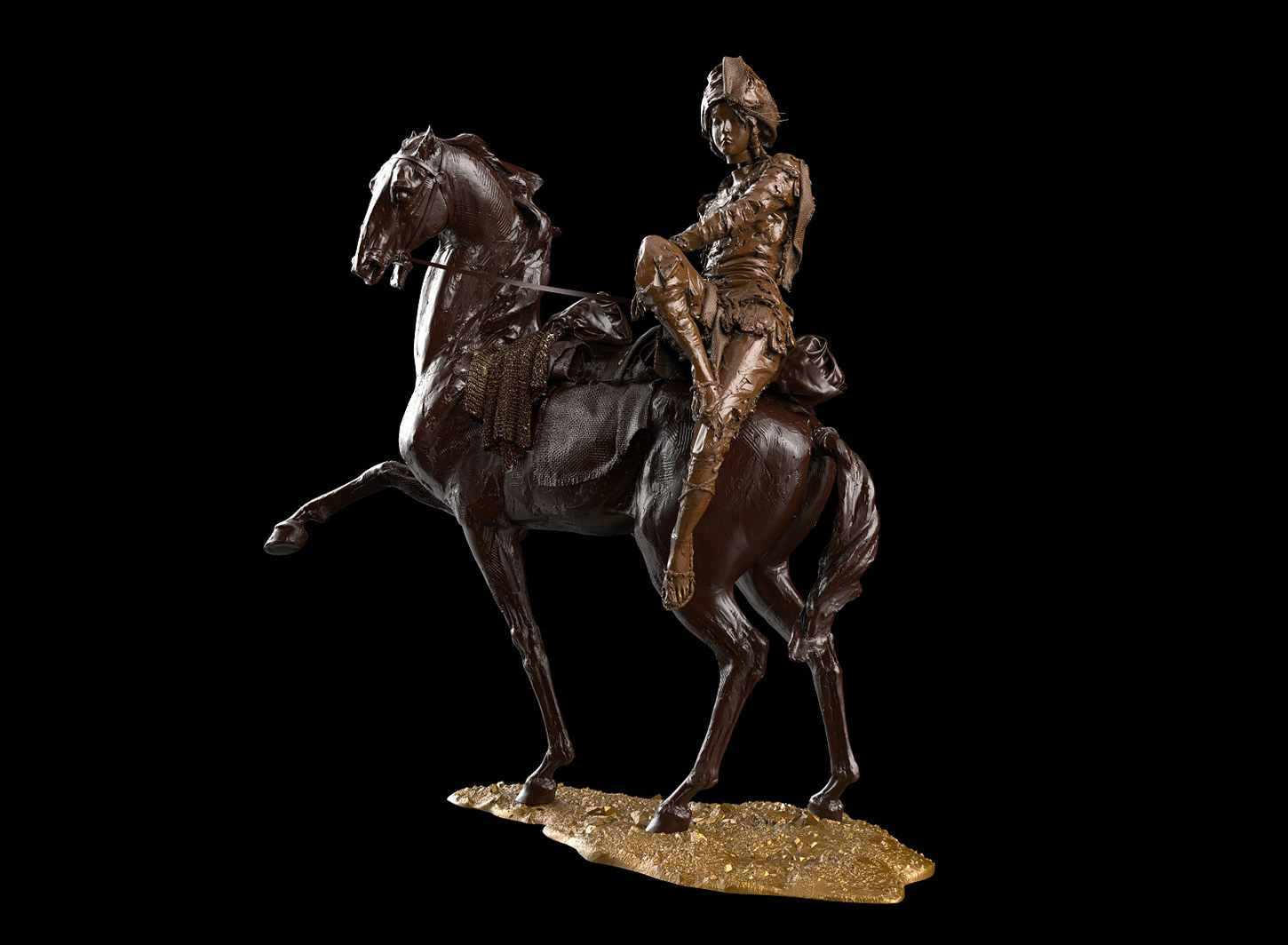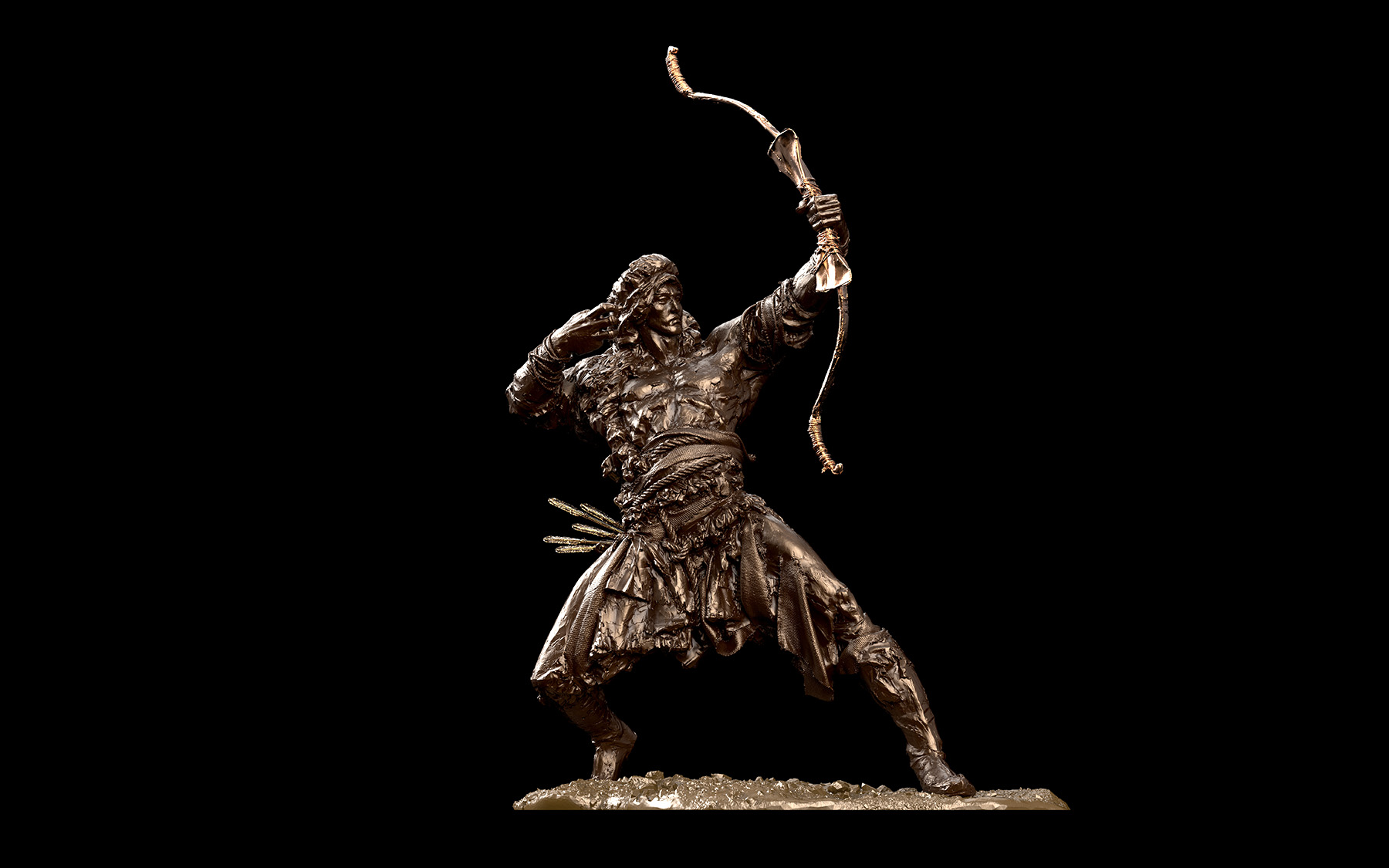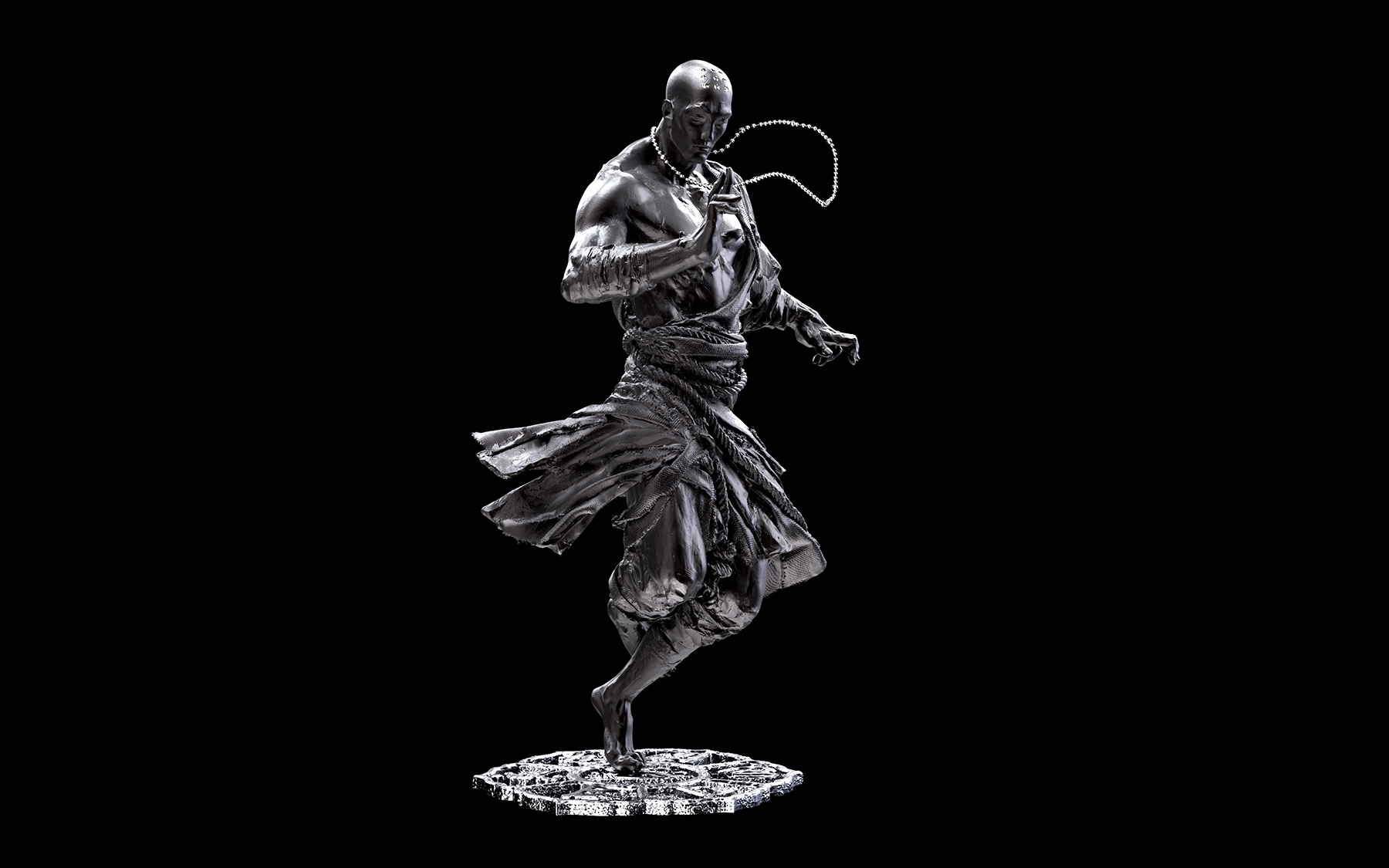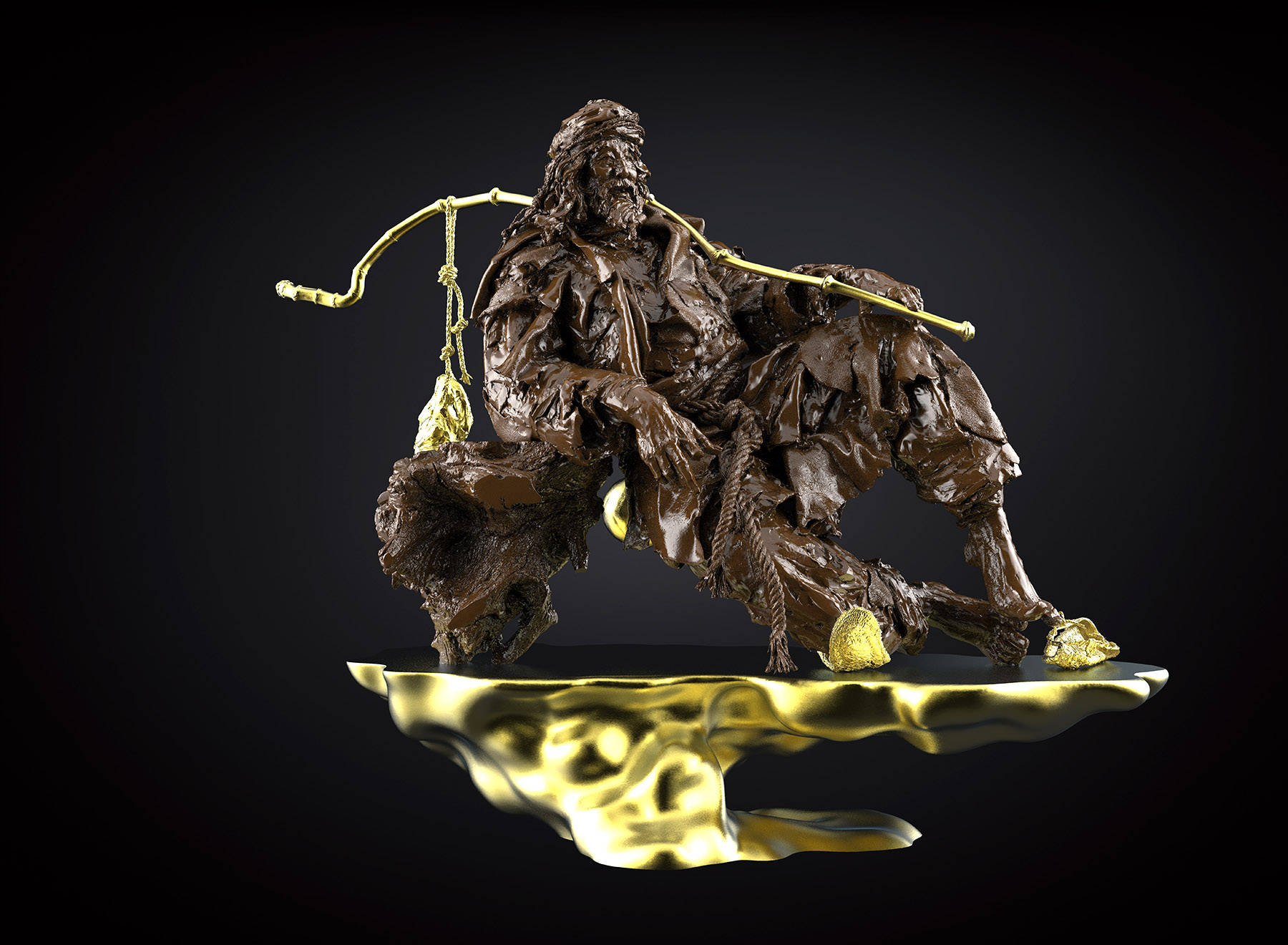Generations of Chinese people have grown up on Jin Yong’s martial-arts-themed novels, drawing life lessons from stories that celebrate valor and moral rectitude. Mariella Radaelli reports on the lineup of tributes planned in honor of the writer’s centenary this year.

Jin Yong (1924-2018), a leading exponent of the wuxia (martial arts and chivalry) genre of novels, was born Louis Cha Leung-yung in China’s Zhejiang province. The extent of his influence on Chinese popular imagination can be gauged from the saying: “Wherever you see Chinese people, watch out for Jin Yong’s world of wuxia.”
In 1948, Jin Yong moved to Hong Kong, where he spent the rest of his life. It’s in this city that he built his career as a journalist, co-founding the Ming Pao newspaper in 1959. Fittingly, the government of his adoptive hometown is hosting a yearlong program titled A Path to Glory — Jin Yong’s Centennial Memorial to mark the writer’s birth centenary this year. The celebrations kicked off on March 15, with the unveiling of massive sculptures inspired by some of Jin Yong’s iconic literary creations. A total of 36 bronze and stainless steel pieces sculpted by Ren Zhe are on display at two ongoing exhibitions — in Edinburgh Place and at the Hong Kong Heritage Museum.
READ MORE: Path to glory
“This is the first time that Jin Yong’s fictional characters have been liberated from the pages of storybooks and presented to an audience in the form of sculptures,” says William Fong, curator of A Path to Glory, of which the exhibitions are a part. “Jin Yong’s works are literary treasures, immortal classics and beacons guiding readers through their lives,” Fong adds. “The festival provides us an opportunity to pass on his legacy and spirit to the next generation.”

For the Edinburgh Place exhibition, multimedia artist Victor Wong took a leaf out of the novel The Eagle Shooting Heroes to create a 360-degree immersive experience inside a space designed in the shape of a Mongolian yurt. Jin Yong’s calligraphy is brought to life at the multimedia show, which also uses motion capture technology to replicate martial arts movements. Artificial intelligence has been harnessed to depict seasonal changes in a digital installation depicting the Peach Blossom Island described in Jin Yong’s novels.
READ MORE: Reimagining Louis Cha's world of Chinese martial arts
Wong’s digital installation also depicts the heroic battles between the five martial arts masters in Jin Yong’s books. “Since I was a child, I wanted to reimagine the enchanting martial arts world envisioned by Jin Yong,” says the artist. “Now I can do that by employing the power of computer-generated graphics and AI.”
The exhibition features 10 sculptures by Ren. Among these, the one of Xuzhu, the kindhearted Shaolin monk from the novel The Demi-Gods and the Semi-Devils, seems to be a favorite with the audience.

The bulk of Ren’s Jin Yong-inspired sculptures, however, are on show at the Hong Kong Heritage Museum. The figures of Guo Jing and Yang Guo, the heroic protagonists of The Legend of the Condor Heroes and The Return of the Condor Heroes, are easy to spot. Hong Qigong, who cut off the forefinger of his right hand out of remorse for failing to save a man’s life, figures as well.
“It took four years of work,” says the sculptor. “A whole year was spent just reading Jin Yong’s works, collecting information and writing character biographies.”
While the clothing, weapons and general look of each sculpture was decided on the basis of extensive research, Ren says he also drew inspiration from the screen and television adaptations of Jin Yong’s stories.

The marks of a true hero
Jin Yong wrote 15 wuxia novels between 1952 and 1972. These have been translated into 14 languages and sold over 100 million copies worldwide. Embraced by both lovers of popular and critically acclaimed literature, Jin Yong’s works have been adapted into innumerable TV series, movies, stage shows, audio dramas, comics and video games.
The compelling nature of Jin Yong’s stories, especially the sensitivity with which the writer navigates the depth of human emotions, struck a chord with generations of Chinese readers. Many of them see the old-world chivalry embodied by Jin Yong’s protagonists as an essentially Chinese virtue that’s worth cultivating.
The title of the centenary celebration program, A Path to Glory, references an aphorism from the book The Return of the Condor Heros: “To serve is a path to glory.” In other words, serving one’s country and its people is hailed as the ultimate heroic achievement.

The celebrations include reading sessions, painting workshops, film screenings, lectures, and concerts. For instance, Scarlett Chan, a Chinese concert pianist, has composed new music inspired by The Legend of the Condor Heroes, to be performed at both exhibition sites. “My contribution to the event is providing a musical element that pays tribute to Jin Yong’s impactful work,” Chan says.
Award-winning film score composer Tommy Wai, who has rearranged the music from much-loved films and television series based on Jin Yong’s works for a memorial concert, remembers being an avid watcher of shows based on The Legend of the Condor Heroes and The Deer and the Cauldron during his growing-up years. “They left a deep impression on me. Each character has a unique personality and represents different mentalities and ways of dealing with difficulties,” says the musician, adding how watching them on screen has always made him reflect on his own life and situation.

Harking back to a glorious past
Liu Jianmei, a professor of modern and contemporary Chinese literature at the Hong Kong University of Science and Technology, believes the enormous volume of fan fiction based on Jin Yong’s works has great research potential. Such research might be an effective way of finding out if Jin Yong’s works can stand the test of time in the long run, the academic says.
She has an explanation for Jin Yong’s immense popularity among Chinese readers everywhere: “His novels are imbued with captivating political allegories and a profound Chinese cultural spirit, encompassing Confucianism, Daoism, and Buddhism. This deep-rootedness and inclusivity make his works immensely appealing to readers in China as well as the Chinese diaspora.”
John Christopher Hamm, a scholar and professor of Asian languages and literature at the University of Washington, points out that Jin Yong’s professional life as a journalist in Hong Kong during the Cold War profoundly impacted his writing. Jin Yong’s accomplishments are absolutely inseparable from the environment in which he wrote.

“In Hong Kong, he had access to both Chinese traditions and ideas and trends from the rest of the world,” Hamm observes. “Having come to Hong Kong from the Chinese mainland, he felt — as did many of his generation — a kind of longing for the homeland and nostalgia for the Chinese past. Such longing is expressed both in the settings of his stories and the genre he chose to write in. Martial arts fiction is in some ways an old-fashioned form. It’s a kind of adventure fiction that carries the flavor of home even when someone like Jin Yong brings it into entirely new territory.”
ALSO READ: Recalling a literary giant
“He writes in a language that is neither the revolutionary prose of the mid-20th century nor the Europeanized prose favored by writers who embraced the May Fourth Movement of 1919,” explains Hamm. “It draws on the rhythms and vocabulary of pre-modern Chinese literature, carrying a strong flavor of the indigenous tradition. In Jin Yong’s hands, the language is also extremely lively and versatile.”
He goes on to add that while the wide popularity of Jin Yong’s stories is owed to their film and TV adaptations, their appeal as works of literature will never diminish. “I think his novels will always continue to be read as novels, partly because of his unique contributions to the prose style of modern written Chinese.”

He hastens to add that while Jin Yong borrowed heavily from Chinese literary traditions, the writer was equally indebted to some of the classics of European literature.
Among Jin Yong’s literary gurus were Alexandre Dumas (1802-70) — the author of 19th-century French historical novels such as The Count of Monte Cristo and The Three Musketeers — as well as the English detective fiction writer Agatha Christie (1890-1976). “Dumas provided the model for Jin Yong’s epic, sprawling novels of historical adventure and also clues as to how martial arts fiction can be invested with greater historical depth, while Christie provided models for the intricate plotting and arc of gradual revelation characterizing many of Jin Yong’s stories.”
If you go
The World of Wuxia
Dates: Through July 2
Venue: Edinburgh Place, Central
Sculpted by Ren Zhe
Dates: Through Oct 7
Venue: The Hong Kong
Heritage Museum, 1 Man Lam Road, Sha Tin


